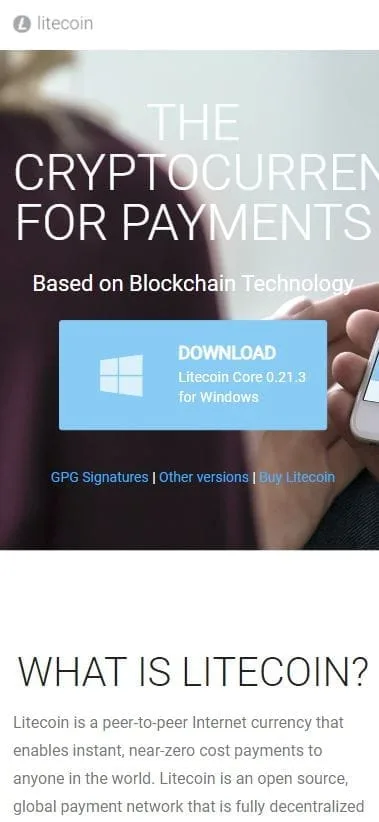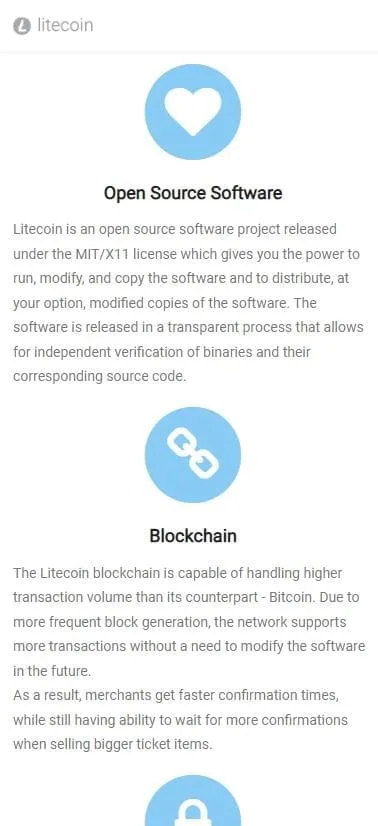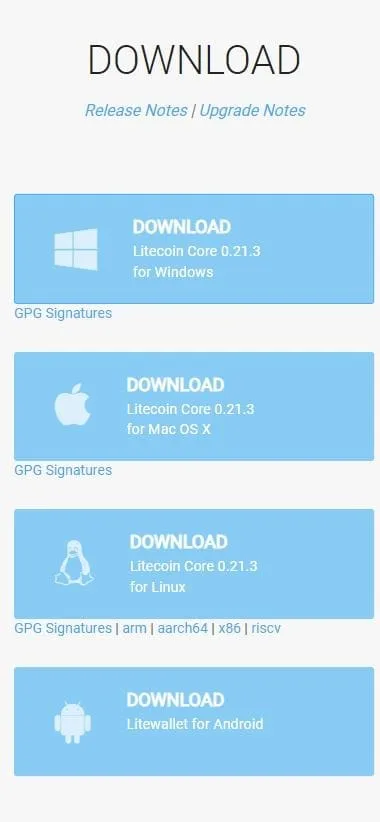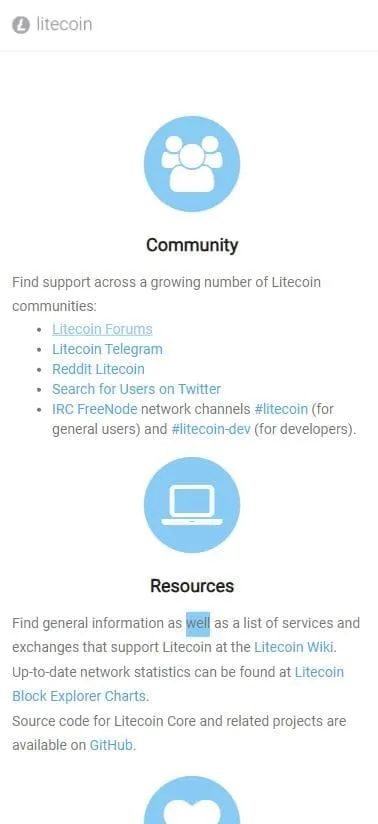About Litecoin (LTC)
What is Litecoin (LTC)
Litecoin (LTC) is a decentralized, peer-to-peer cryptocurrency that was created in 2011 by Charlie Lee, a former Google engineer. It is based on Bitcoin’s (BTC) source code but with several key differences designed to improve its efficiency and usability. These differences include:
- Faster transaction times: Litecoin’s block processing time is 2.5 minutes, significantly faster than Bitcoin’s 10-minute block time. This makes Litecoin capable of confirming transactions more quickly, which is beneficial for users seeking quicker transaction finality.
- Lower fees: Litecoin generally has lower transaction fees compared to Bitcoin, making it more suitable for smaller or everyday transactions.
- Different hashing algorithm: While Bitcoin uses the SHA-256 hashing algorithm, Litecoin uses Scrypt, a more memory-intensive algorithm. This helps to protect Litecoin’s network from the influence of specialized mining hardware (ASICs) and promotes a more decentralized mining process.
Litecoin operates on a decentralized blockchain, which means it doesn’t rely on any central authority or institution for transaction verification. Instead, transactions are verified by the network participants (miners), which ensures transparency, security, and immutability.

Who created Litecoin?
Charlie Lee, the creator of Litecoin, is a well-known figure in the cryptocurrency space. He holds both Bachelor’s and Master’s degrees in Computer Science from the Massachusetts Institute of Technology (MIT). Lee’s professional background includes stints at companies such as Google, Coinbase, and Guidewire Software.
Lee created Litecoin as a response to some of the limitations he saw in Bitcoin. These limitations included Bitcoin’s slow transaction speeds and high fees, which made it less suitable for everyday or microtransactions. Litecoin was designed to address these issues by having faster transaction times and lower fees.
In December 2017, Charlie Lee made the controversial decision to sell all of his Litecoin holdings, citing concerns that his personal involvement with Litecoin might lead to accusations of market manipulation. Despite criticism from some in the community, Lee remains an influential and respected figure in the world of cryptocurrencies.

How does Litecoin work?
Litecoin works on a proof-of-work (PoW) consensus mechanism. This means that miners compete to solve complex mathematical problems in order to validate transactions and add new blocks to the Litecoin blockchain. When a miner successfully solves a problem and verifies a block, they are rewarded with newly minted LTC, which is called the block reward.
However, the key difference between Litecoin and Bitcoin is the mining algorithm. While Bitcoin uses the SHA-256 algorithm, Litecoin uses Scrypt, which is designed to be more memory-intensive and requires a higher memory capacity for computational work. This makes Litecoin more resistant to mining centralization via ASIC mining hardware, which has become a dominant force in Bitcoin mining.
The Litecoin network has a max supply of 84 million LTC, which is four times the supply of Bitcoin (21 million). This ensures that Litecoin remains relatively scarce and continues to be a deflationary asset, similar to Bitcoin.






















Harran –
LTC good
Khuzaimah –
Love it
Ramprit –
Nice
DrunkenMonks –
Only hope is if there is some initiative for a LTC ETF or else it’s a dead coin
FreeHuge –
I’m adding and I keep staring at this ltc/btc chart. Finally after years into holding this coin with diamond hands- I’m feeling the stirrings of hope this year.